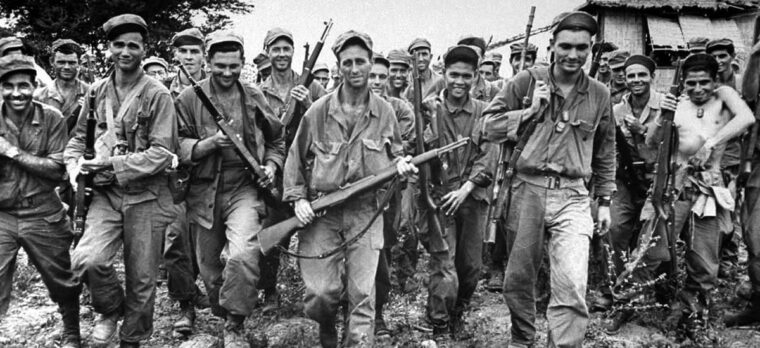
WWII
Great Raid on Cabanatuan
By Charles W. SasserOn January 30, 1945, a group of U.S. Army Rangers, Alamo Scouts, and Filipino guerrillas set out on a daring nighttime raid on Cabanatuan POW camp in the Philippines. Read more
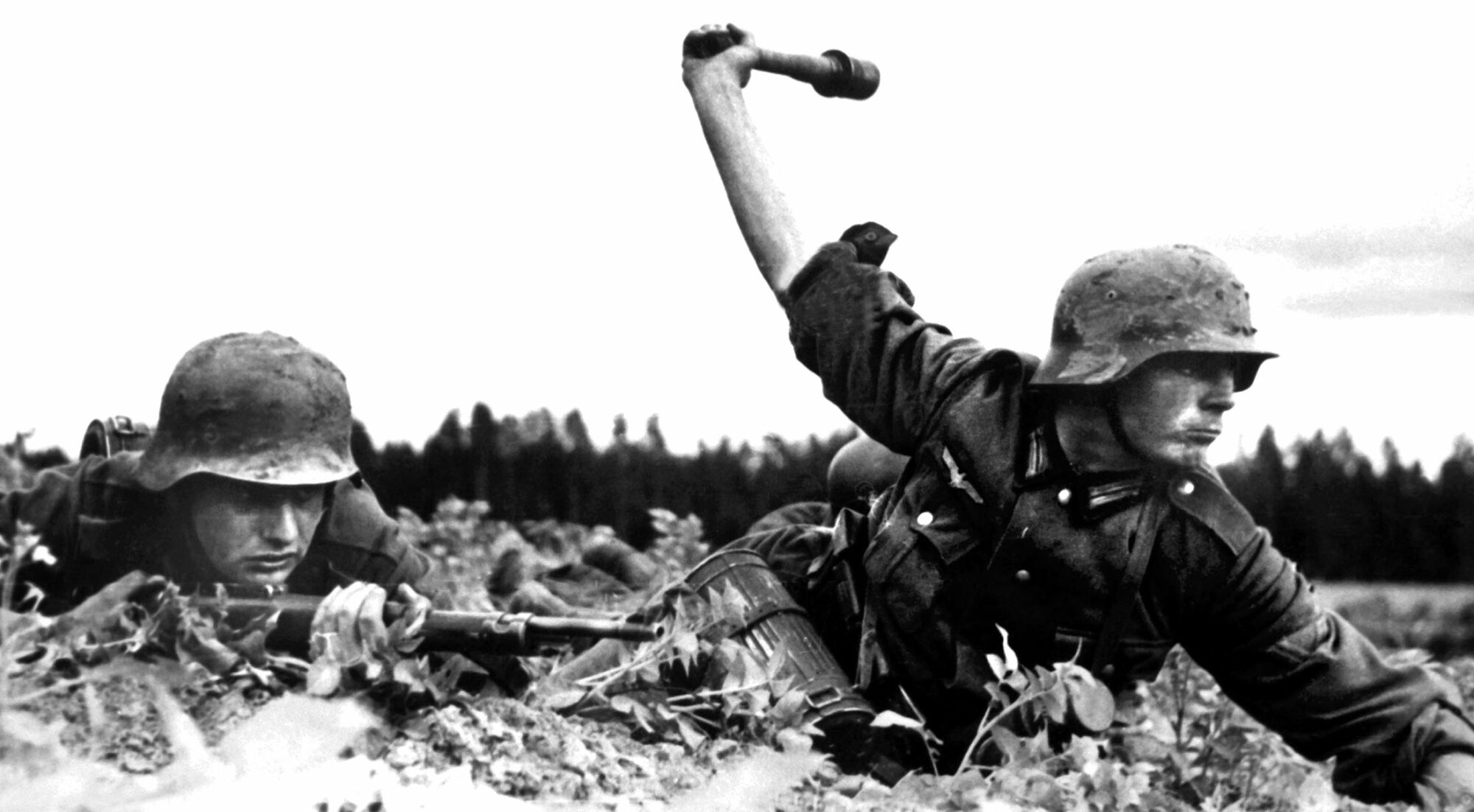

WWII
On January 30, 1945, a group of U.S. Army Rangers, Alamo Scouts, and Filipino guerrillas set out on a daring nighttime raid on Cabanatuan POW camp in the Philippines. Read more
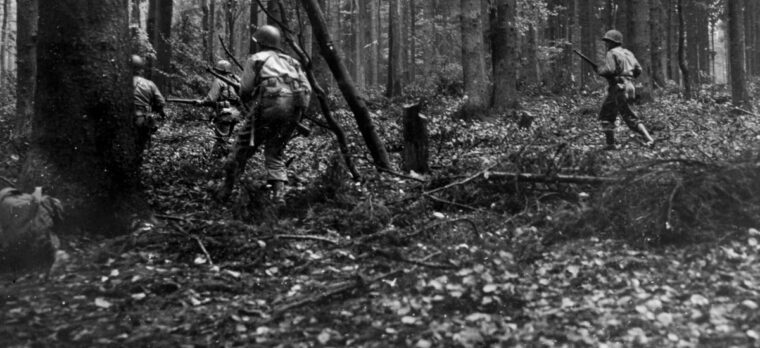
WWII
Gray skies hung low and a steady drizzle dripped through the tall, dense fir trees near the German-Belgian border on the morning of Thursday, November 16, 1944, during the Battle of Hürtgen Forest. Read more
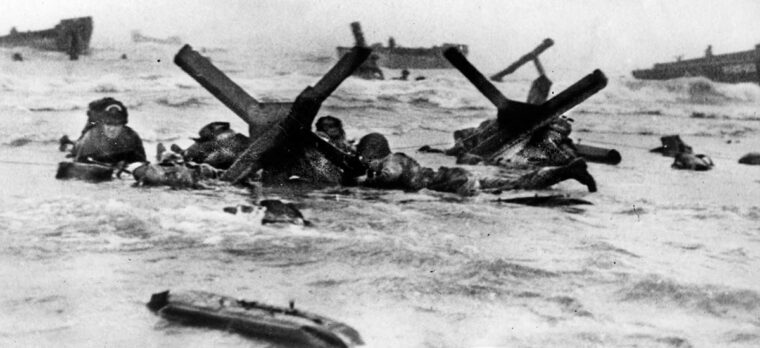
WWII
As their landing craft plunged through heavy surf on the morning of June 6, 1944, it was obvious to the men of Company A, 116th Infantry Regiment, U.S. Read more

WWII
It was a dismal day, Sunday, December 17, 1944, just hours after the Germans had broken through the thinly held American lines in the Ardennes Forest along rugged terrain of the Western Front. Read more
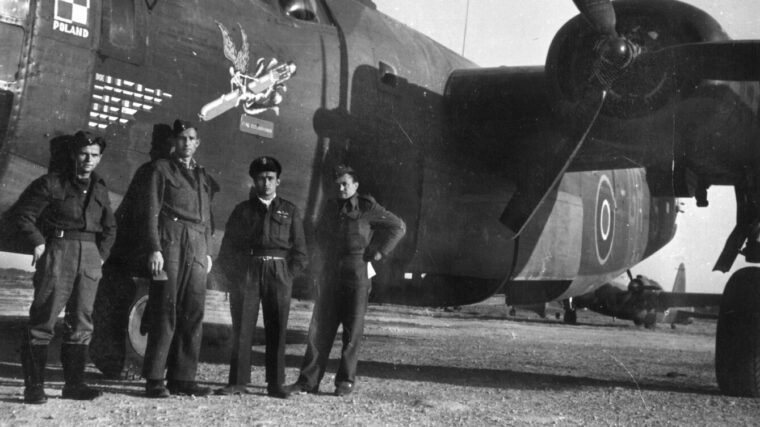
WWII
Warsaw was burning. Captain Jack Van Eyssen first saw it as a dull glow on the night horizon, 35 miles distant. Read more
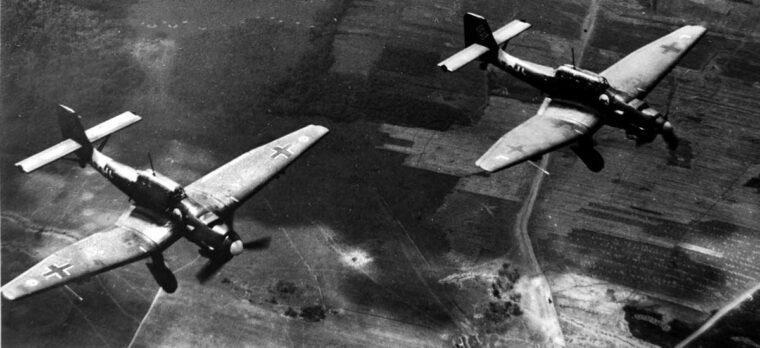
WWII
One of the deadliest and most effective airplanes of the Axis powers, the Junkers Ju-87 Stuka, owed its origin to a fearless World War I ace and, ironically, to innovative American aviation visionaries in the peaceful early 1930s. Read more
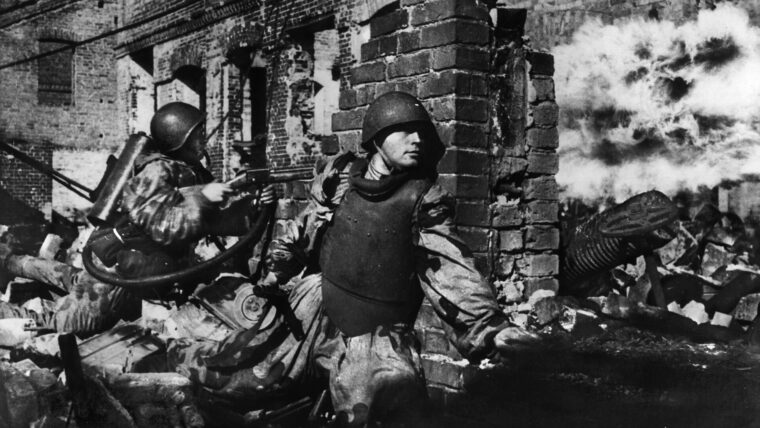
WWII
“We felt that we were already dead men,” wrote former Captain Albrecht Wüstenhagen in a May 1988 letter to the author of his time in the fortress garrison of Küstrin. Read more
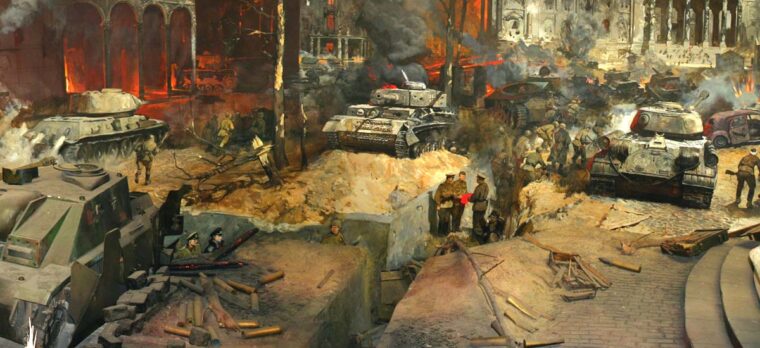
WWII
December 1941 was a dark month and the end of a dark year for the Soviets as the Germans pressed ever onward toward Moscow, the lair where Joseph Stalin and his minions plotted what to do next against the Nazi juggernaut that had, in a few short months, rolled over everything before them. Read more
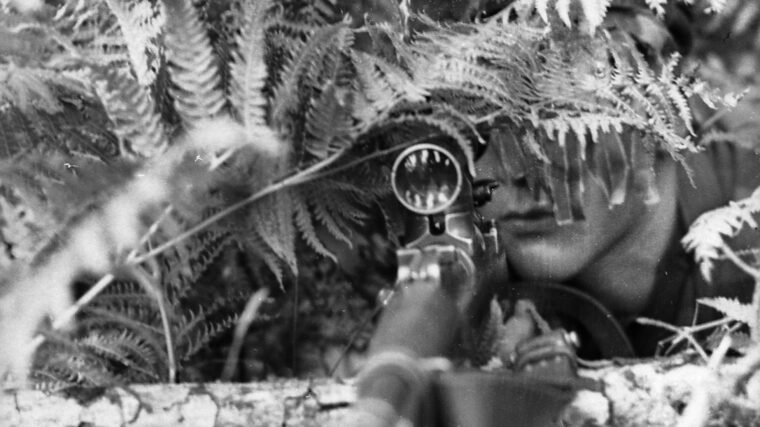
WWII
The three Soviet T-34 tanks edged forward slowly as the drivers scanned for the concealed Germans that lay ahead. Read more
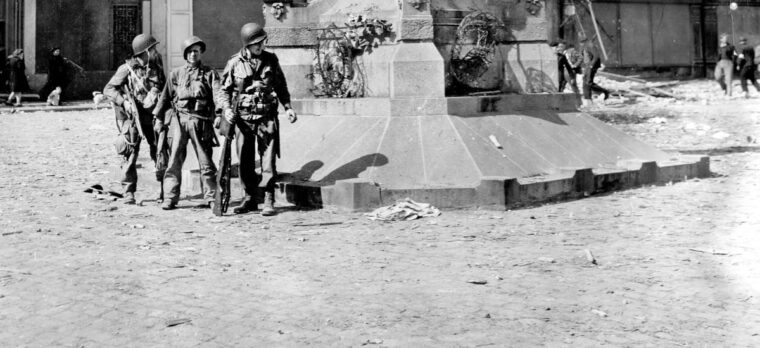
WWII
“Move out!” shouted Lieutenant Richard “Dick” Winters to the men of Easy Company. It was 6 o’clock on the morning of June 12, 1944, and Easy Company’s paratroopers braced themselves to attack the southern section of Carentan. Read more
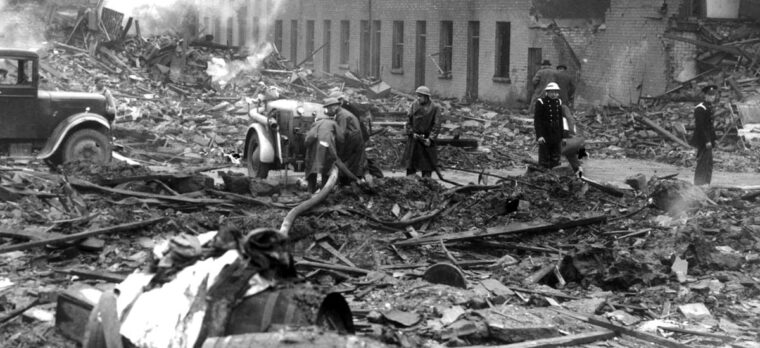
WWII
The south of Ireland, officially known as Eire and often referred to by many residing there as the “Free State,” declared its neutrality when World War II erupted suddenly in September 1939. Read more
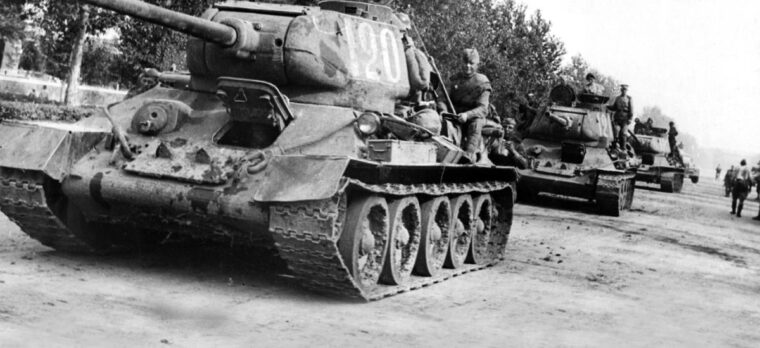
WWII
By Nathan N. Prefer
To the Soviet military, it is known as the Manchurian Strategic Offensive Operation. Although it had no official name to the Japanese, it has become known in the West as Operation August Storm. Read more
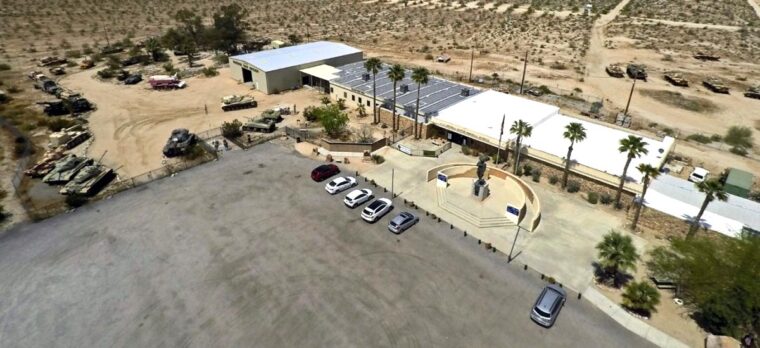
WWII
Thirty miles east of Indio, California, is the General Patton Memorial Museum, a special museum dedicated to General George S. Read more
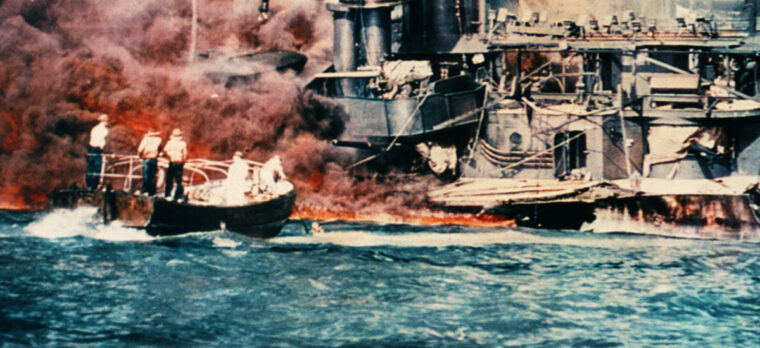
WWII
BACKSTORY: Although for the past 75 years history has had little to say about “Bally’s Project,” an effort to falsify State Department records to remove evidence of gross miscalculations prior to the attack on Pearl Harbor—the author recently discovered a small file of documents in the Frank A. Read more
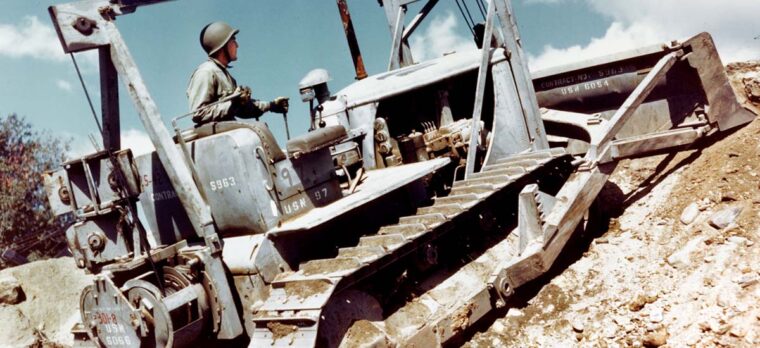
WWII
By Glenn Barnett
As war clouds gathered over the vast Pacific Ocean in the late 1930s, the United States belatedly began to think of protecting the nation’s possessions of far-flung islands and atolls. Read more
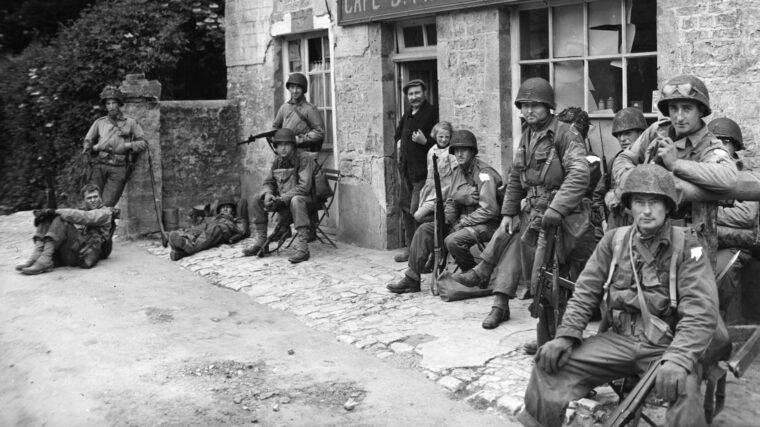
WWII
“Oui.” It was one of the few words 101st Airborne paratrooper Norwood Thomas knew in French, and it served him well on the morning of June 6, 1944. Read more
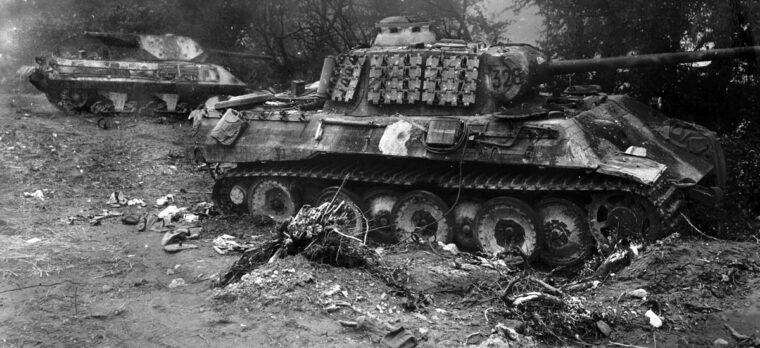
WWII
A column of German Mark V Panther tanks advanced through a thick fog north of the French town of Mortain, blindly firing their machine guns. Read more
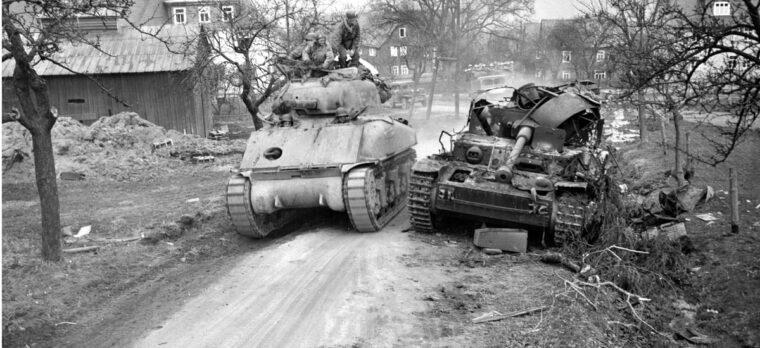
WWII
After leading his U.S. 3rd Armored “Spearhead” Division on the longest, one-day, enemy-opposed mechanized advance in American history, Maj. Read more
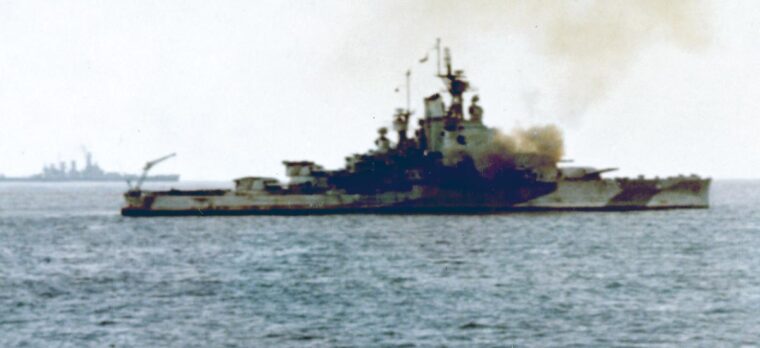
WWII
During the dark daysof December 1941, when it seemed as if American and British bases were falling like dominoes across the Pacific, two incidents during the Japanese attack on the naval base at Pearl Harbor gave American morale a much needed boost. Read more
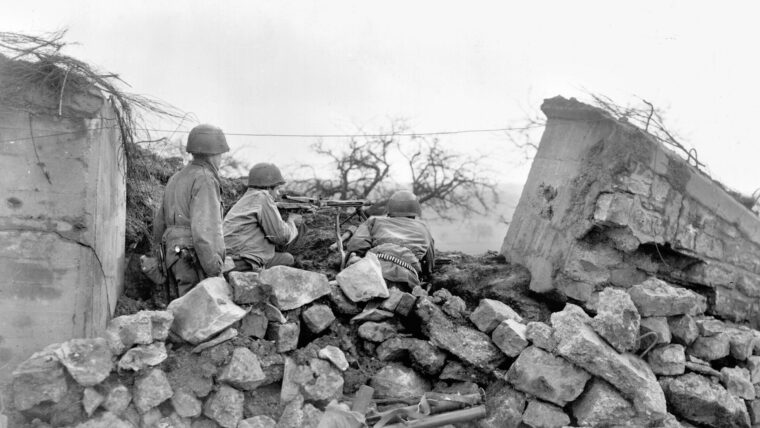
WWII
Private Armand Lorenzi and his fellow soldiers were advancing through a snowy German forest when enemy machine guns opened fire. Read more